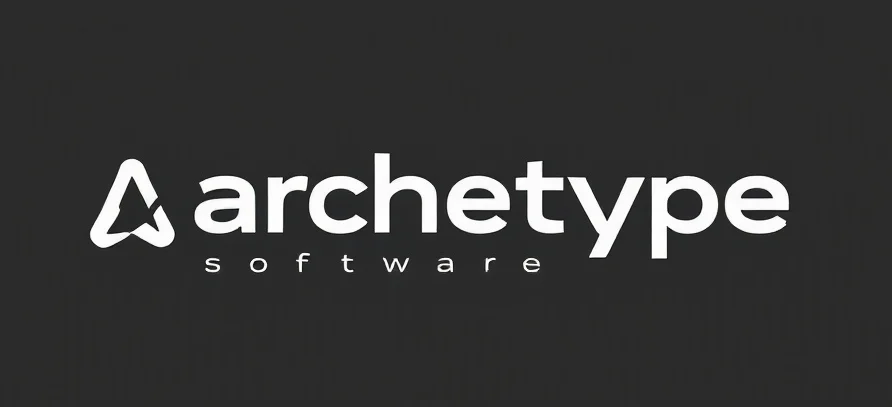The Surprising Science of a Pen: More Than Just a Writing Tool
Imagine you’re sitting at your desk, scribbling away in your favorite notebook. It feels effortless—like the pen is an extension of your hand. But have you ever stopped to wonder what makes that experience so smooth? Beneath the surface of an everyday object like a pen lies a fascinating world of design, comfort, and human anatomy. If you’re curious, check out this detailed discussion on ergonomics of a pen. It’s a story about how tiny design choices can impact our daily lives in ways we rarely notice.
Why Does Ergonomics Matter in a Pen?
Think of ergonomics as the secret ingredient that transforms a simple writing instrument into a tool that feels almost instinctive to use. When crafted with ergonomic principles, a pen helps prevent fatigue, reduces strain, and makes writing a joy—even after hours of use. But what exactly goes into making a pen ergonomic? It’s a blend of science, art, and a bit of storytelling about how humans interact with their tools.
The Anatomy of Comfort: The Human Hand and the Pen
To understand what makes a pen ergonomic, let’s start with the human hand. Our hands are marvels of evolution—flexible, strong, and capable of delicate movements. Yet, they are also prone to strain if forced into awkward positions or if a tool doesn’t fit well. When you grip a pen, your fingers, thumb, and palm all work together to control it. If the pen’s shape doesn’t match the natural contours of your hand, it can cause discomfort or even long-term issues like repetitive strain injuries.
Designers of pens who prioritize ergonomics study the anatomy of the hand, aiming to craft a shape that minimizes tension. Think of it as designing a glove that feels like it was made just for your hand—only in this case, the glove is a pen. The goal? To make sure your fingers don’t have to squeeze tightly or stretch uncomfortably to hold the pen securely.
Shape, Size, and Weight: The Triad of Ergonomic Design
When it comes to pens, three factors play a crucial role: shape, size, and weight. A well-designed pen fits comfortably in your hand—neither too thick nor too thin. It should rest naturally in your grip, allowing effortless control. The weight is equally important: a pen that’s too heavy can tire your hand quickly, while one that’s too light might feel flimsy and unstable.
Some pens are designed with a slightly thicker barrel to distribute pressure more evenly across your fingers. Others incorporate subtle contours that align with the natural curve of your grip, helping you hold it with less effort. This isn’t just about aesthetics; it’s about reducing fatigue and promoting a healthier, more comfortable writing experience.
Material Matters: The Touch and Feel of a Pen
Beyond shape and weight, the materials used in a pen’s construction influence its ergonomics. Soft-touch grips, rubberized barrels, or textured surfaces can provide extra grip and prevent slipping. Imagine holding a pen that feels secure without requiring you to squeeze tightly—that’s the magic of thoughtful material choice. These elements work together to make writing feel natural and effortless, turning a mundane task into a pleasurable activity.
The Story of Design: From Function to Comfort
Great ergonomic pens are the result of storytelling—designers understanding the user’s journey and pain points. They look at how people write, how long they write, and what causes discomfort. For example, a designer might notice that long writing sessions cause fatigue in the fingers or wrist. To solve this, they craft a pen with a balanced weight, a comfortable grip, and an intuitive shape. It’s about telling a story where the user’s needs come first, making the pen an extension of their hand rather than an obstacle.
In the sci-fi realm, we often think about futuristic gadgets and robots, but the principles of ergonomic design are just as vital in everyday tools. Whether it’s a pen or a spaceship control panel, understanding human ergonomics ensures our tools serve us better, making our interactions smoother and more natural.
Final Thoughts: The Power of Small Details
The next time you pick up a pen, consider the story behind its design. It’s more than ink and plastic; it’s a carefully crafted device that aims to make your writing experience as seamless as possible. From the shape that fits your hand to the materials that provide grip and comfort, every detail matters. Ergonomics of a pen isn’t just a technical term—it’s about creating a tool that respects the human body and enhances our everyday lives.
So, whether you’re jotting down notes in a meeting, sketching out your latest sci-fi universe, or signing important documents, remember: the perfect pen is a small marvel of ergonomic design—crafted to fit you perfectly.
Checkout ProductScope AI’s Studio (and get 200 free studio credits)
